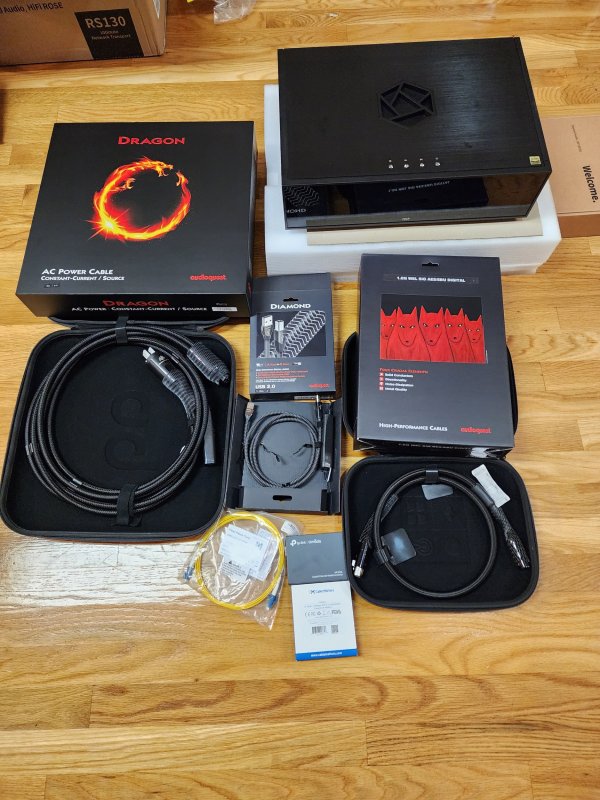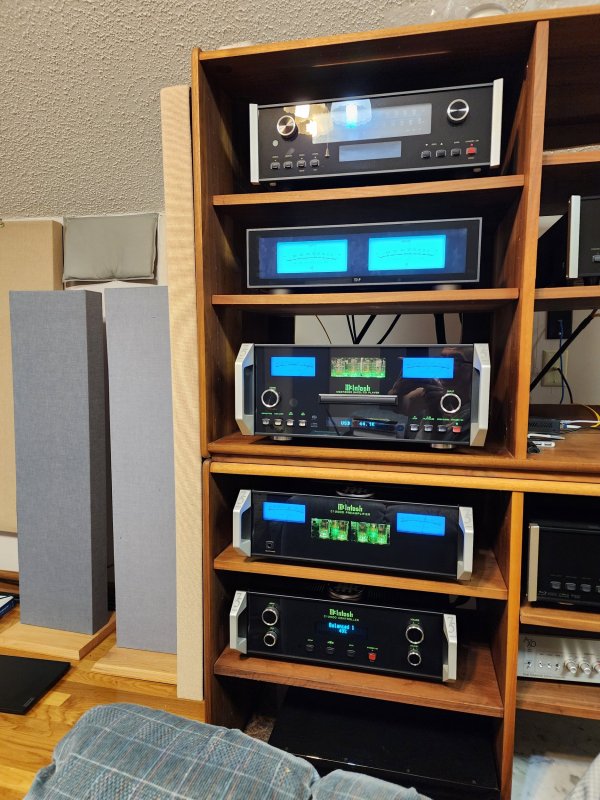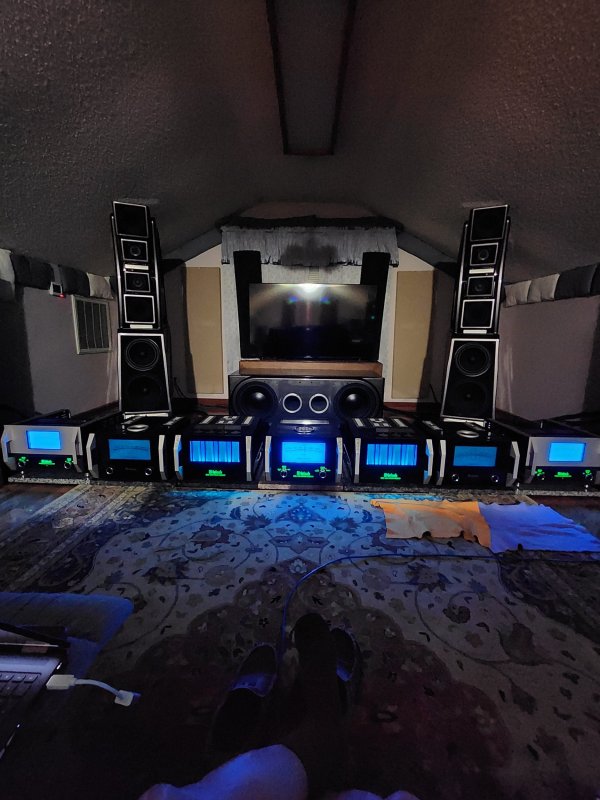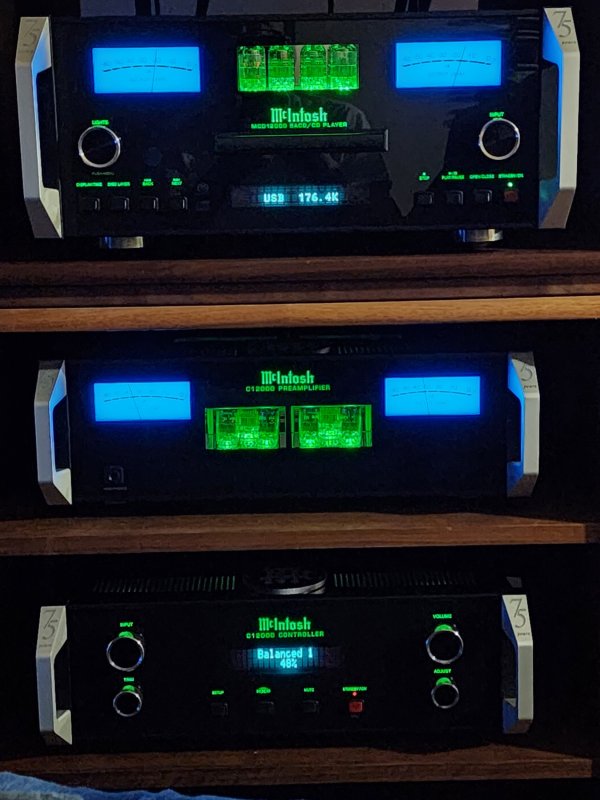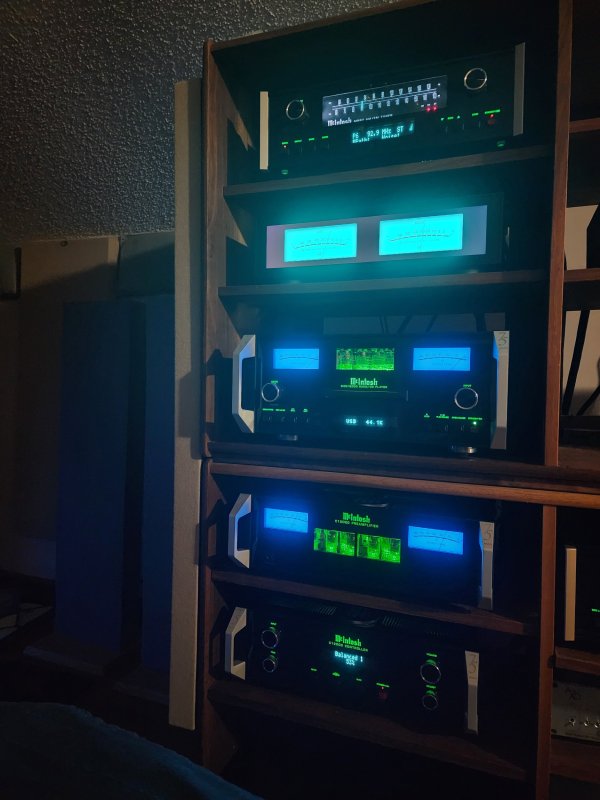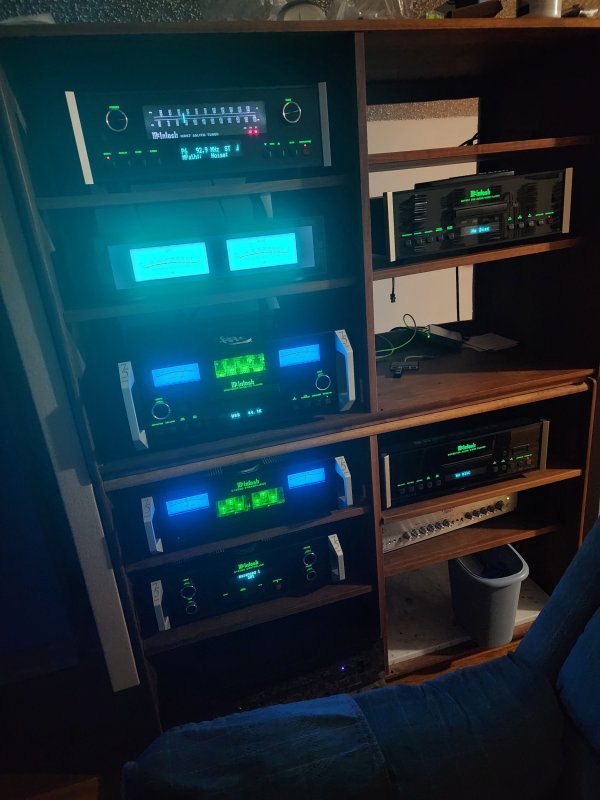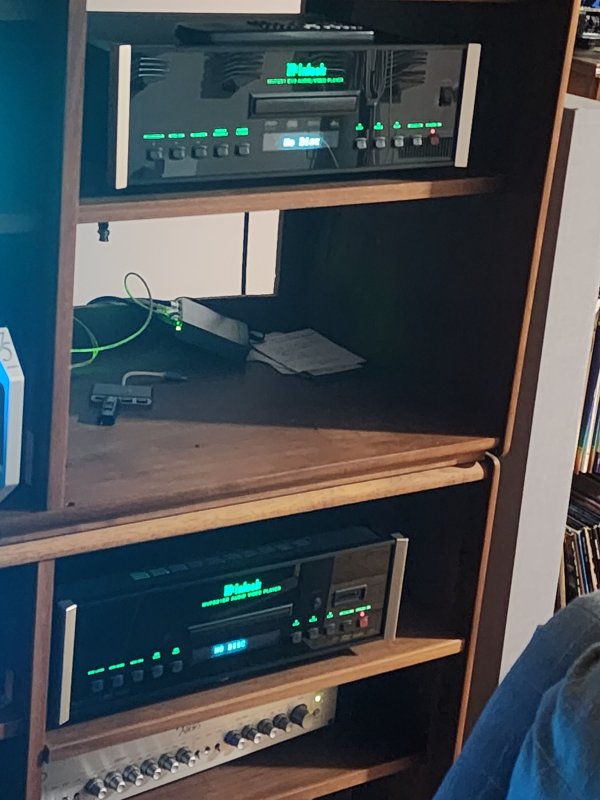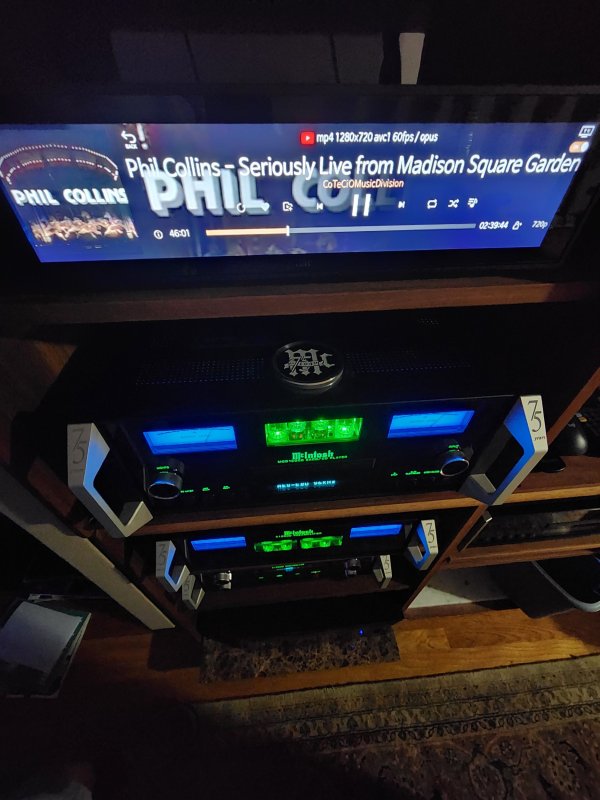- The XVX can go very low frequencies — more than enough to cover all musical instruments unless you’re exclusively listening to organ music or deeply focused on sound effects.
- Fully integrating subwoofers with speakers is extremely difficult, almost impossible, due to the physical distance between the bass drivers in the speakers and those in the subs, which leads to interference issues.
- Extending bass response down to 20Hz or even 10Hz is largely meaningless and extremely difficult to properly reproduce in a room of that size.
- More importantly, adding subwoofers would require additional room treatment — and more treatment would, in turn, demand even greater output. This is because room treatments inevitably absorb not just unwanted frequencies, but also some you actually want to preserve. Room treatment never works only on a single frequency or a narrow bandwidth. In short, subs introduce new problems that didn’t exist before.
- Most critically, adding subs in this specific case would require an active frequency-dividing network. Introducing that into the signal path (between the preamp and power amps) degrades the sound. Even adding a simple switch can noticeably affect sound quality, let alone a complex dividing network. You can actually see the dividing network in the video.
I don’t believe Wilson thinks subwoofers as necessary for the XVX. If they did, they would have either included subs as part of the package or, even better, integrated them directly into the speaker cabinets. Of course, they might argue that they left them out to avoid driving up the price — but a customer willing to pay $300K for an XVX would likely have no problem paying $400K if it became a necessity.
So does the loudness switch on low volumes but that doesn’t mean it’s right. To hear really low frequencies in music it has to be very loud, louder than levels at home.







